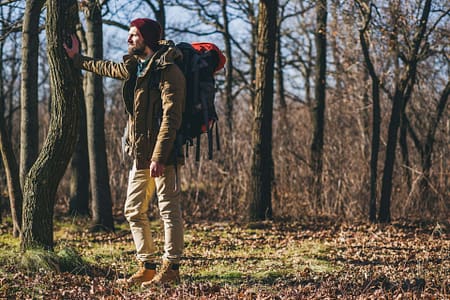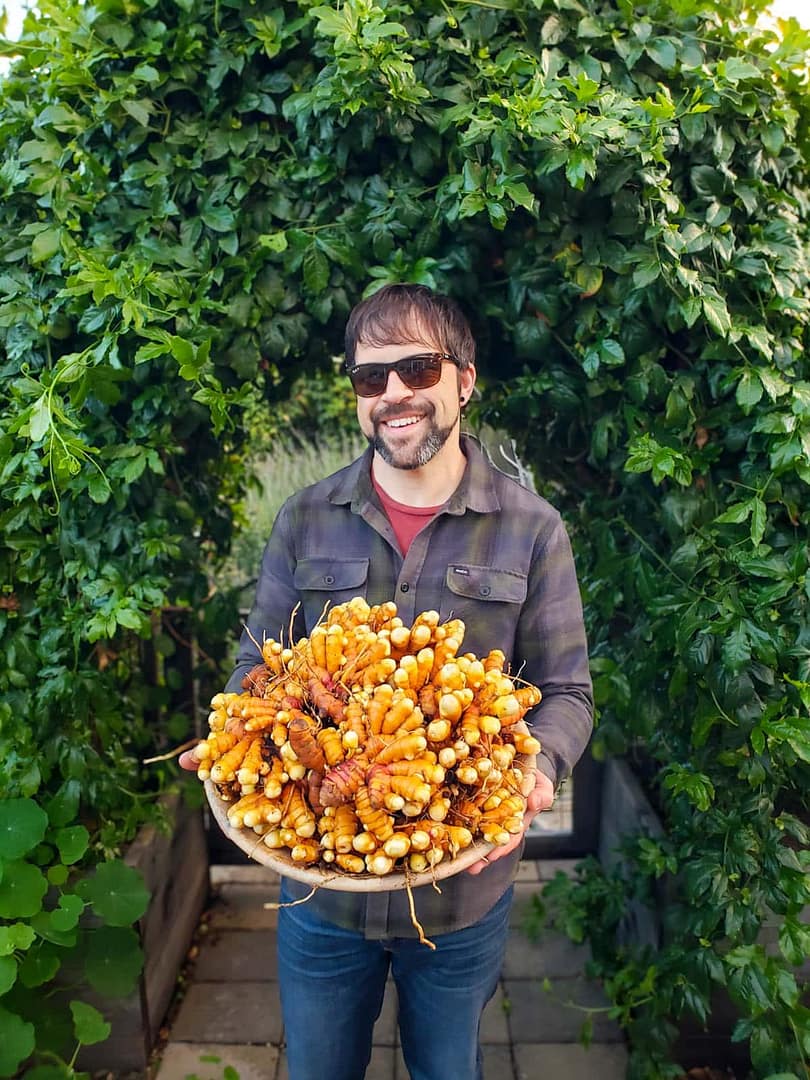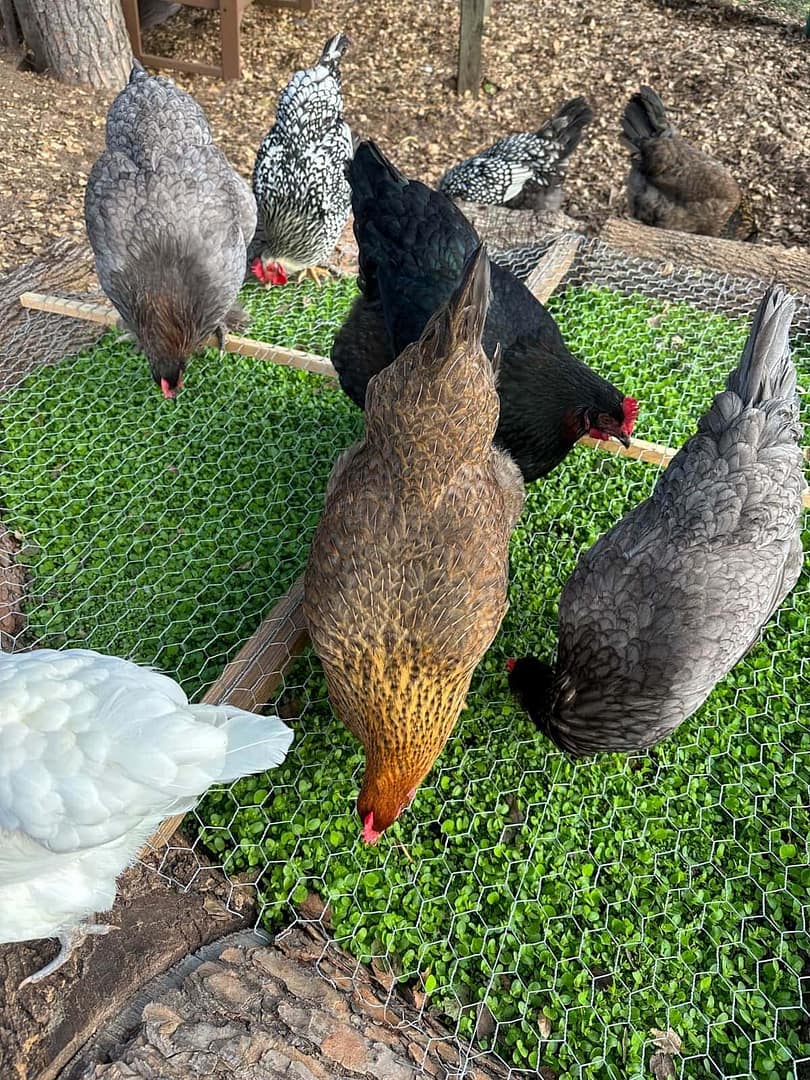
Essential Skills For The Beginner Survivalist
Survival skills are essential for anyone venturing into the great outdoors, whether for a day hike or an extended wilderness expedition. For beginners looking to develop their survival capabilities, mastering a set of fundamental skills is crucial. From navigating unfamiliar terrains to building shelters and sourcing clean water, each skill plays a vital role in ensuring your safety and well-being in challenging situations. In this article, we will explore the essential skills that every beginner survivalist should master to be better prepared for any outdoor adventure.
Basic Navigation and Map Reading
Understanding Compass Navigation
Compasses might not direct you to the nearest Starbucks, but mastering basic compass navigation can save your bacon in the wild. Learn to find north, orient your map, and navigate like a pro.
Reading Topographic Maps
Topographic maps are like Google Maps for survivalists, showing elevation, terrain features, and crucial details. Learn to decipher contour lines, spot landmarks, and navigate with confidence.
Shelter Building Techniques
Creating Emergency Shelters
When the elements turn grumpy, a solid shelter is your best friend. Master basic shelter designs using branches, leaves, and whatever nature offers to keep you cozy and dry.
Utilizing Natural Materials
Mother Nature provides all the building blocks you need for a sturdy shelter. From pine boughs to mud, learn to work with nature’s bounty to craft a shelter fit for a survival pro.
Fire Starting Methods
Using Fire Starters
No need to rub sticks together like a caveman. Master modern fire-starting tools like lighters, matches, and fire starters to get your campfire crackling in no time.
Bow Drill Technique
Feeling like a survival ninja? Learn the ancient art of the bow drill technique to generate fire with just a bit of elbow grease, some wood, and a good dose of determination.
Water Sourcing and Purification
Locating Water Sources
Water is life, especially in the wild. Learn to scout for water clues like vegetation, animal tracks, and terrain features to find your liquid salvation when you need it most.
Boiling and Filtration Methods
Not all water is created equal. Master the art of purifying water through boiling, filtration, or chemical treatment to turn that murky puddle into a refreshing sip of safety.
Edible Plants and Foraging
Identifying Safe Plants
Before chowing down on any plant you find, make sure you can positively identify it as safe for consumption. Remember, not everything green is good for you! Invest time in learning about local edible plants to avoid any unexpected surprise that might lead to a not-so-gourmet experience in the wilderness.
Foraging Tips and Techniques
Foraging for food can be a game-changer in a survival situation. Mastering the art of foraging involves more than just picking what looks tasty. Learn when and where to forage, how to harvest sustainably, and how to make delicious meals out of nature’s bounty to keep your stomach and spirits high.
First Aid and Wilderness Medicine
Basic First Aid Skills
Knowing basic first aid can save lives, including your own. Learn how to clean and dress wounds, manage fractures, and handle medical emergencies until help arrives. It’s like having a superhero skill, but with bandages and antiseptic instead of a cape.
Treating Common Wilderness Injuries
In the wild, injuries can happen faster than you can say “ouch.” Be prepared to deal with cuts, burns, bites, and other mishaps that Mother Nature might throw your way. Having the knowledge and tools to handle common wilderness injuries can mean the difference between an adventure anecdote and a survival saga.
Basic Knot Tying Skills
Essential Knots for Survival
Knot-tying is not just for sailors and boy scouts. Being able to secure your shelter, create tools, and rescue yourself from tricky situations with a well-tied knot is a survival essential. From the trusty square knot to the versatile figure-eight knot, mastering these basics can make you feel like a roping rockstar.
Practical Applications of Knot Tying
Once you’ve mastered the art of knot tying, the possibilities are endless. Secure your gear, build shelters, create traps, and even fashion a makeshift sling—all with the power of knots. It’s like crafting with a purpose, turning a simple piece of rope into a tool for survival and ingenuity in the wild.
By honing these essential survival skills, beginners can enhance their confidence and readiness to handle unforeseen circumstances in the wilderness. Remember, practice and preparation are key to mastering these skills effectively. With dedication and a commitment to learning, beginner survivalists can build a solid foundation of knowledge and capabilities that will serve them well in any outdoor setting. Stay safe, stay prepared, and enjoy your adventures in the great outdoors.




